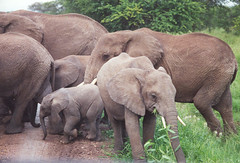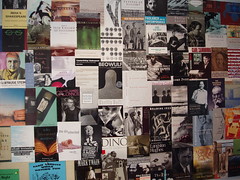
National Poetry Month is still a month away, but it not too soon to indulge in a little poetry reading, especially if it is as much fun as A Pizza the Size of the Sun by Jack Prelutsky. While the poems are aimed at children, anyone can enjoy them. Here is a sample:
The Manatee
I'm partial to the manatee,
which emanates no vanity.
It swims amidst anemones
and hasn't any enemies.
Prelutsky loves to play with words, some of which I am sure are a challenge to youth. I can imagine that some slower readers will just say "huh?" when reading terms like "dromedary," "cranium," "fastidious," and "unmitigated rancor." Others will catch on and expand their vocabularies. How are they going to learn unless someone interesting uses good vocabulary?
Here is another short poem:
Chuck
I'm Chuck, the chore evader
and adept procrastinator.
I've got a lot of strategies-
I'll demonstrate them later.
Paretsky must have grown up reading Ogden Nash and Dr. Seuss. He uses quick rhyming, alliteration, and nonsense. He writes backwards, makes readers turn the pages in circles, and fills some poems with puns. The poems are best read aloud, if you can keep your tongue from twisting.
There is much to love and remember.
I think I have met Miss Misinformation on page 30.
Swami Gourami's ability to predict the past, described on pages 102-3, might be useful.
I wonder about cream of camel camembert soup, page 49.
We all know a teenage hippopotamus, page 99.
So put down your T.S. Eliot and John Milton for awhile and try one of Jack Prelutsky's books. You can't help but smile.
Prelutsky, Jack. A Pizza the Size of the Sun. New York: Greenwillow Books, 1996. ISBN 0688132359
















